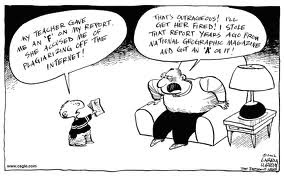In April, the U.S., European Union, Russia and the United Nations introduce a so-called road map for an Israeli-Palestinian peace agreement. Under the terms of the plan, Palestinians are called upon to renounce violence against Israelis and implement democratic reforms; Israelis are also asked to renounce violence against Palestinians, as well as stop building new settlements in the Palestinian Territories. However, both sides renege on the deal, and the plan collapses.
2004
President George W. Bush (R, 2001-09) announces his support for then Israeli Prime Minister Ariel Sharon's plan to unilaterally pull all Israeli settlers and military personnel out of the Gaza Strip, a part of the Palestinian Territories.
2005
In September, Israel completes its withdrawal from the Gaza Strip, after evacuating more than 8,000 settlers. Control of the area is transferred to the Palestinians, ending several decades of Israeli occupation.
2009
President Obama (D) pledges to adopt a tougher stance toward Israel. In pursuit of a U.S.-backed plan for an independent Palestinian state, Obama administration officials ask Israel to freeze new settlement construction in the West Bank. The Israeli government, headed by newly reelected Prime Minister Benjamin Netanyahu, initially objects but later announces plans to remove some small West Bank settlements.
In June, during a major speech in Cairo, Egypt, Obama announces U.S. opposition to "continued Israeli settlement" in the West Bank.
In August, media reports circulate that Israel has ceased the construction of new West Bank settlements, at least temporarily. The move leads to speculation that the Israeli government is acquiescing to the wishes of the Obama administration.
 It is necessary to encourage the Palestinians to stop using terrorism to support their cause, and the best way to ensure this is to create a Palestinian state.
It is necessary to encourage the Palestinians to stop using terrorism to support their cause, and the best way to ensure this is to create a Palestinian state.



















